Connecting...
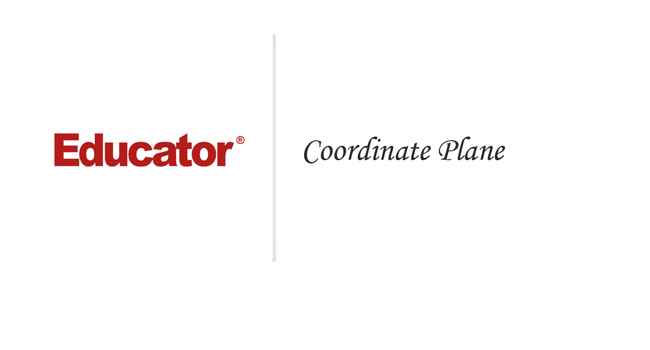
This is a quick preview of the lesson. For full access, please Log In or Sign up.
For more information, please see full course syllabus of Geometry
For more information, please see full course syllabus of Geometry
Geometry Coordinate Plane
Lecture Description
This is the first lesson of the Geometry course and it is about the coordinate plane, which should be a review. The plane is part of the coordinate system. It is made up by two axes (the x and the y-axis), and these two intersect at the origin. Also, these two are perpendicular. You'll see how the x-axis and the y-axis make up the four quadrants of the coordinate plane, and you'll learn about the ordered pairs. An ordered pair is when you have the x-coordinate paired with a y-coordinate, for example (4,2). In this lesson you are going to practice graphing in the coordinate plane, and you'll learn more about the collinear points.
Bookmark & Share
Embed
Share this knowledge with your friends!
Copy & Paste this embed code into your website’s HTML
Please ensure that your website editor is in text mode when you paste the code.(In Wordpress, the mode button is on the top right corner.)
×
- - Allow users to view the embedded video in full-size.
Next Lecture
Previous Lecture










































 Answer Engine
Answer Engine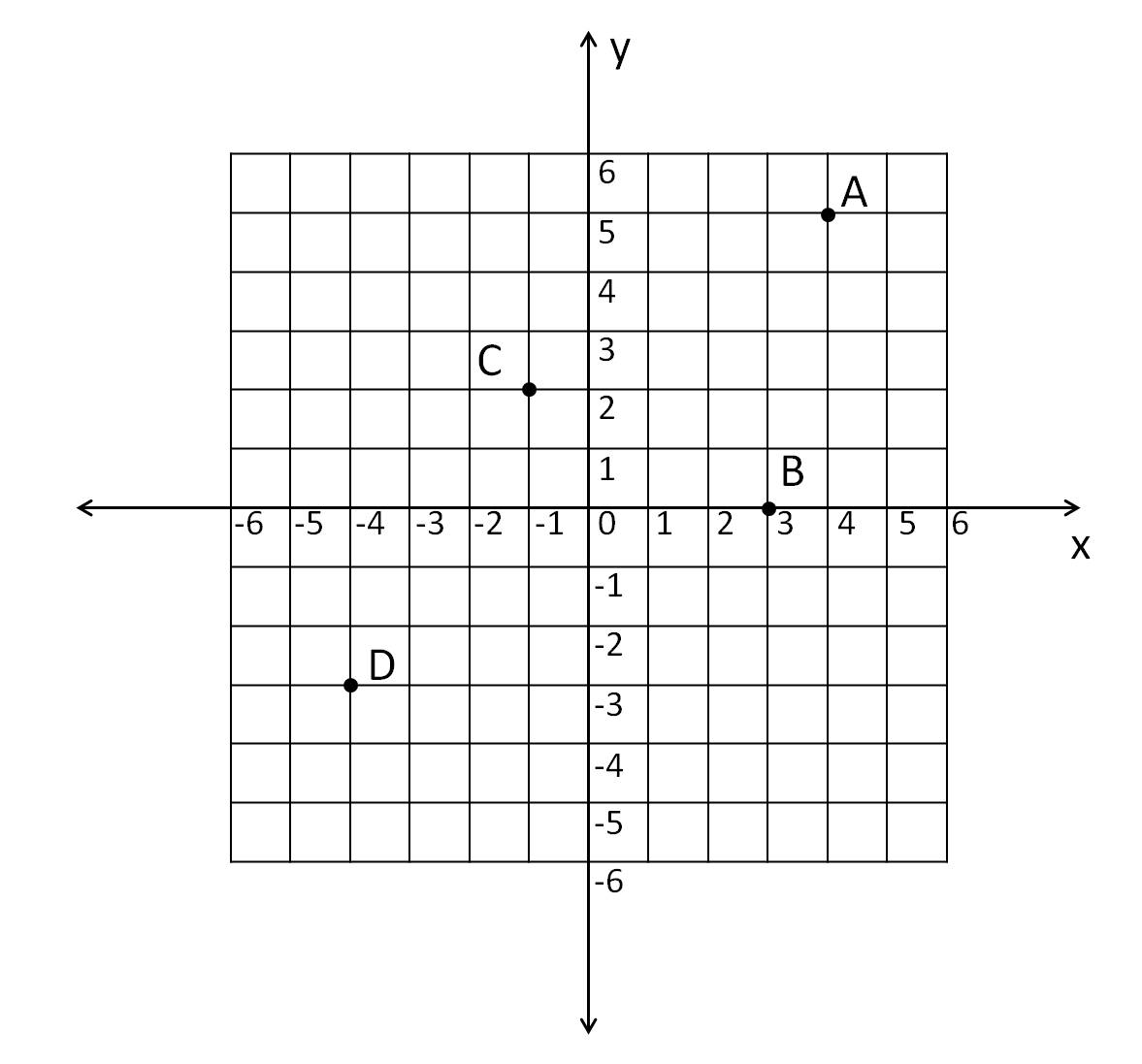
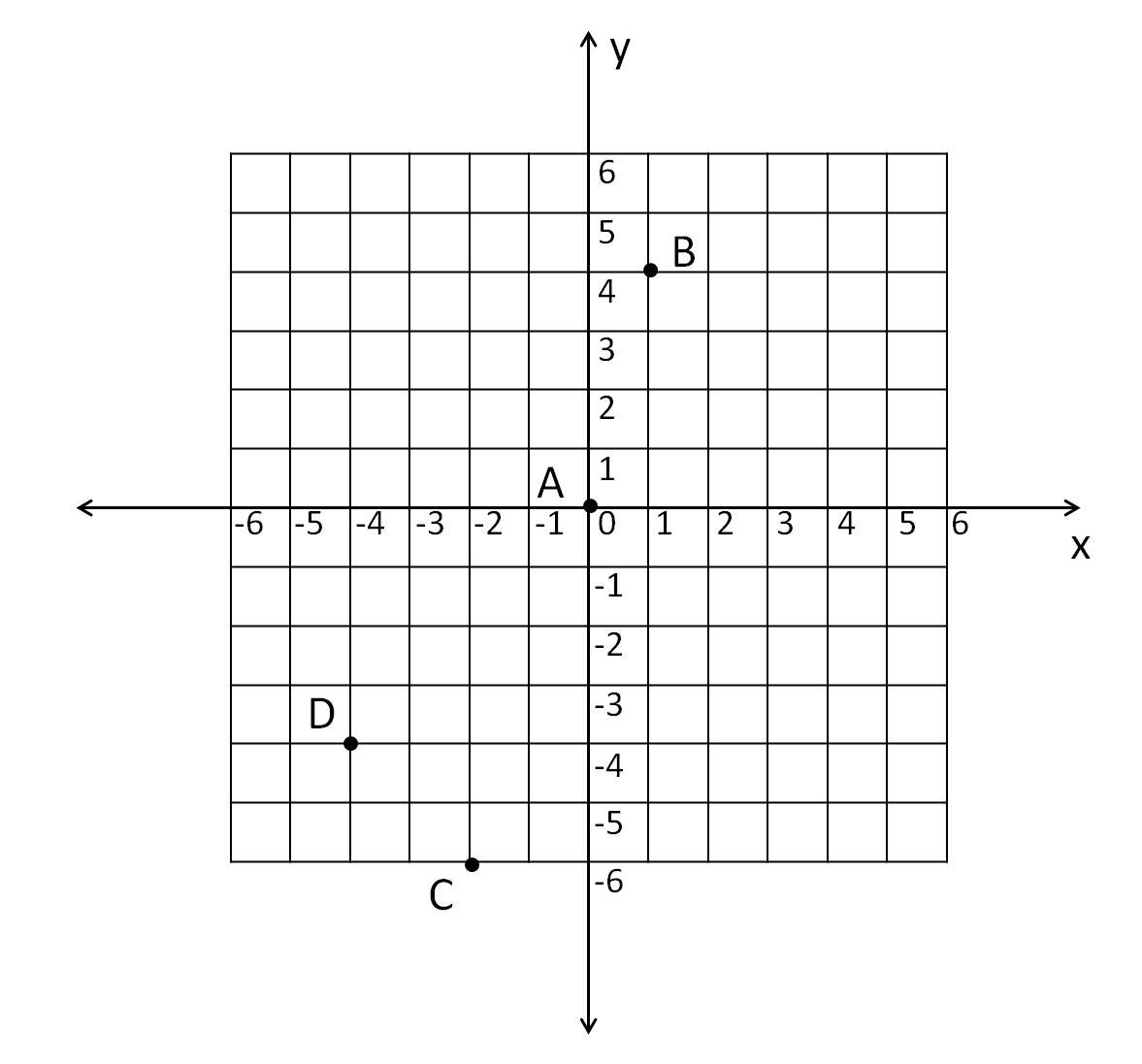
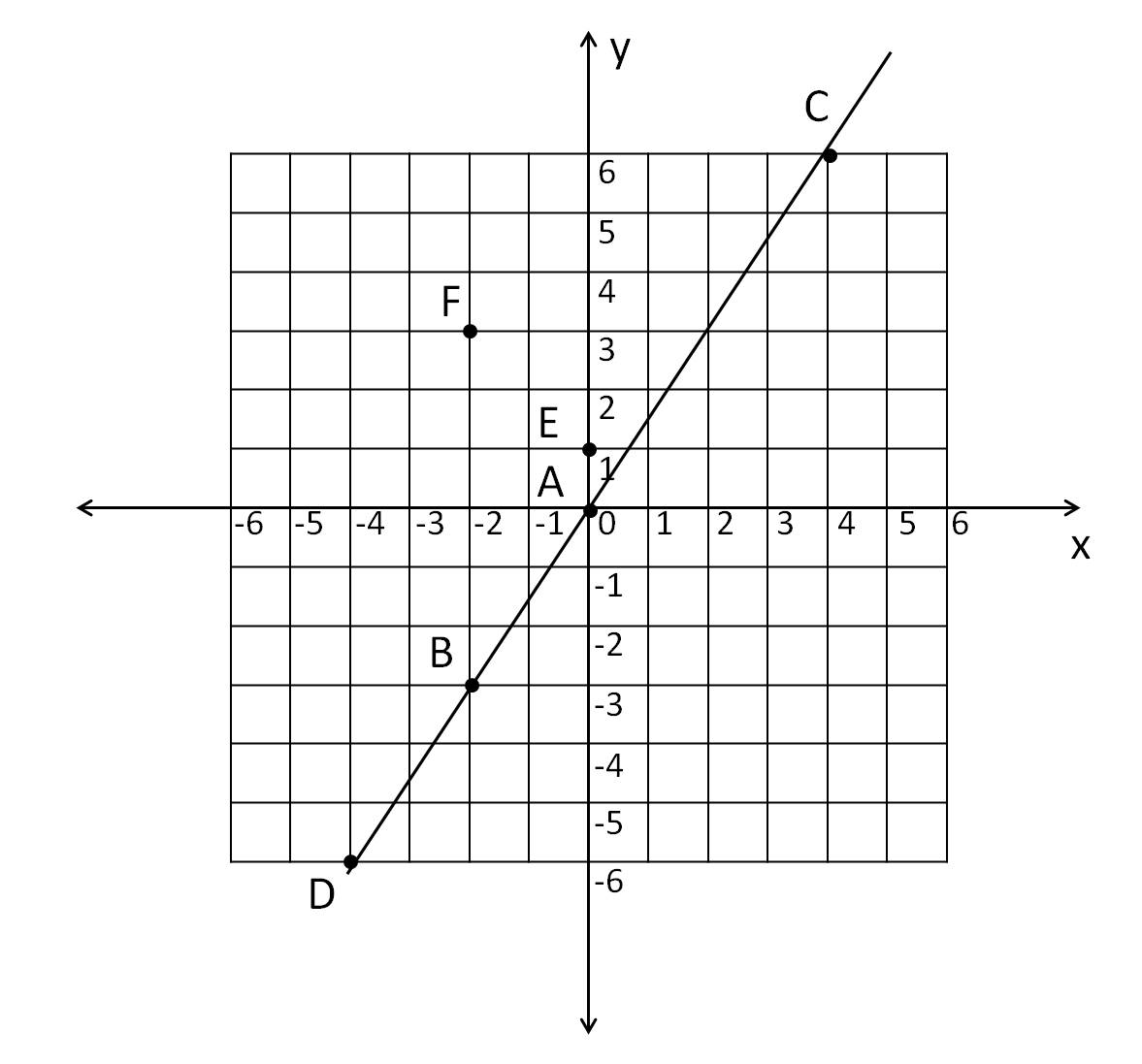
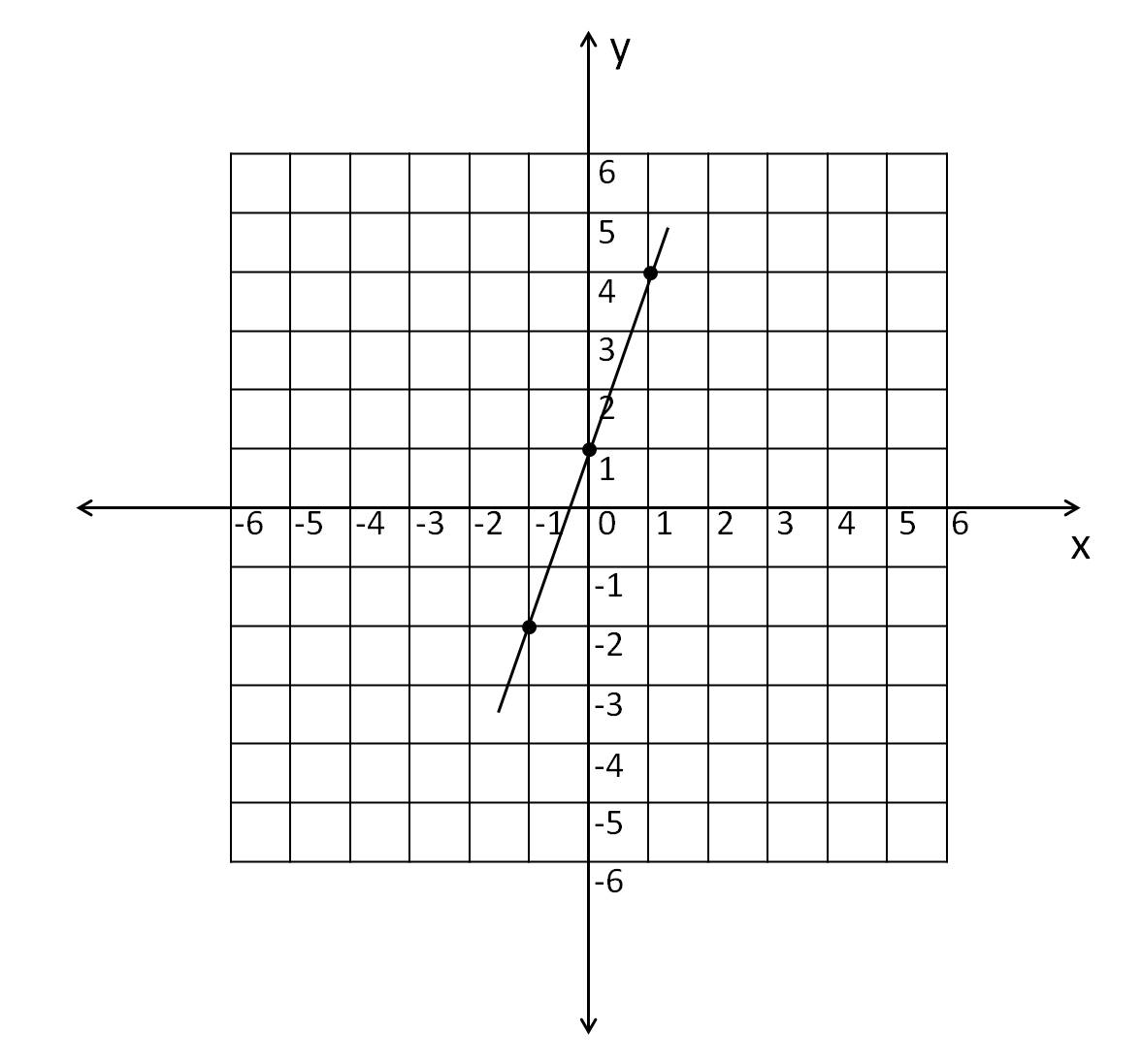
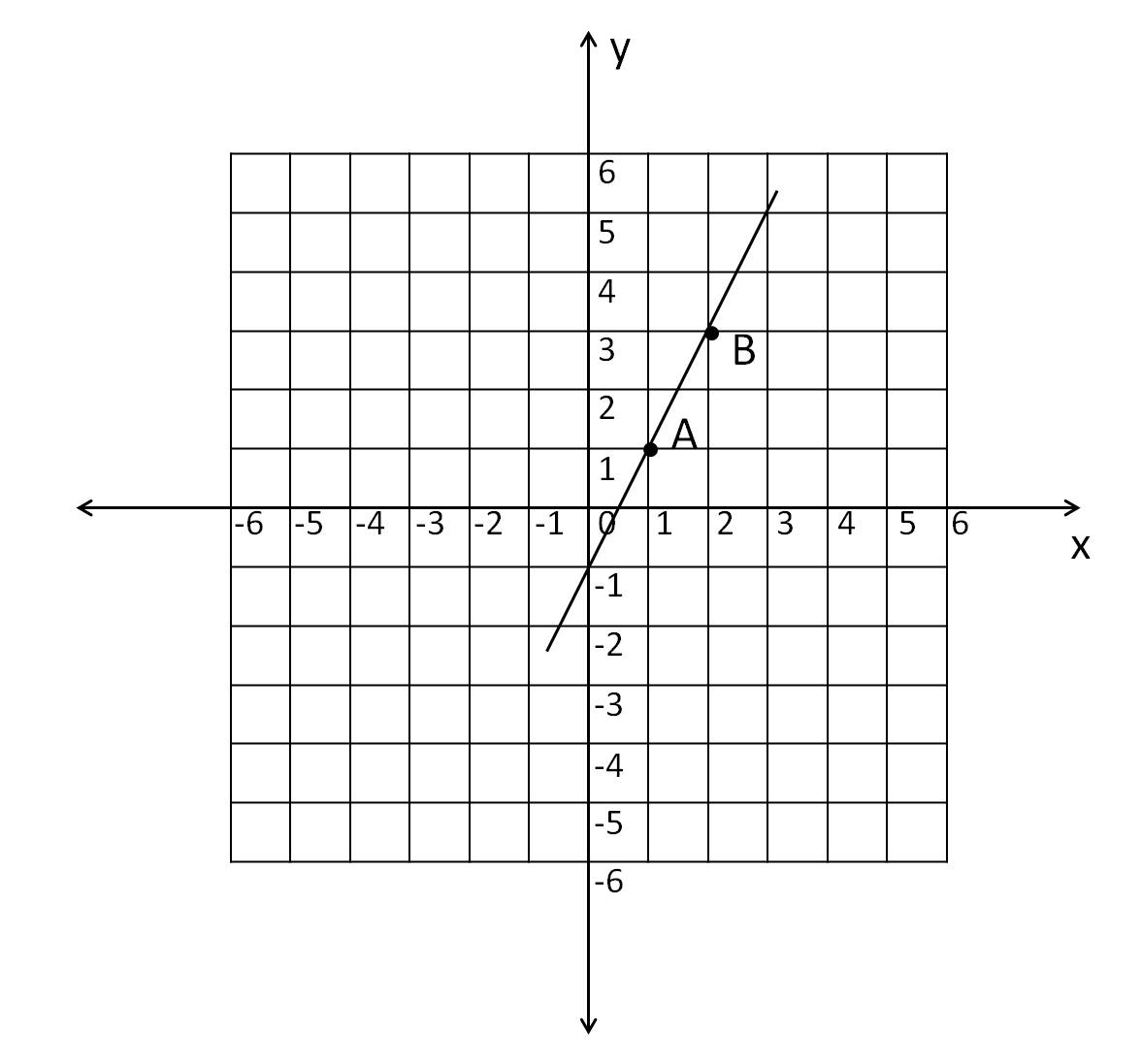
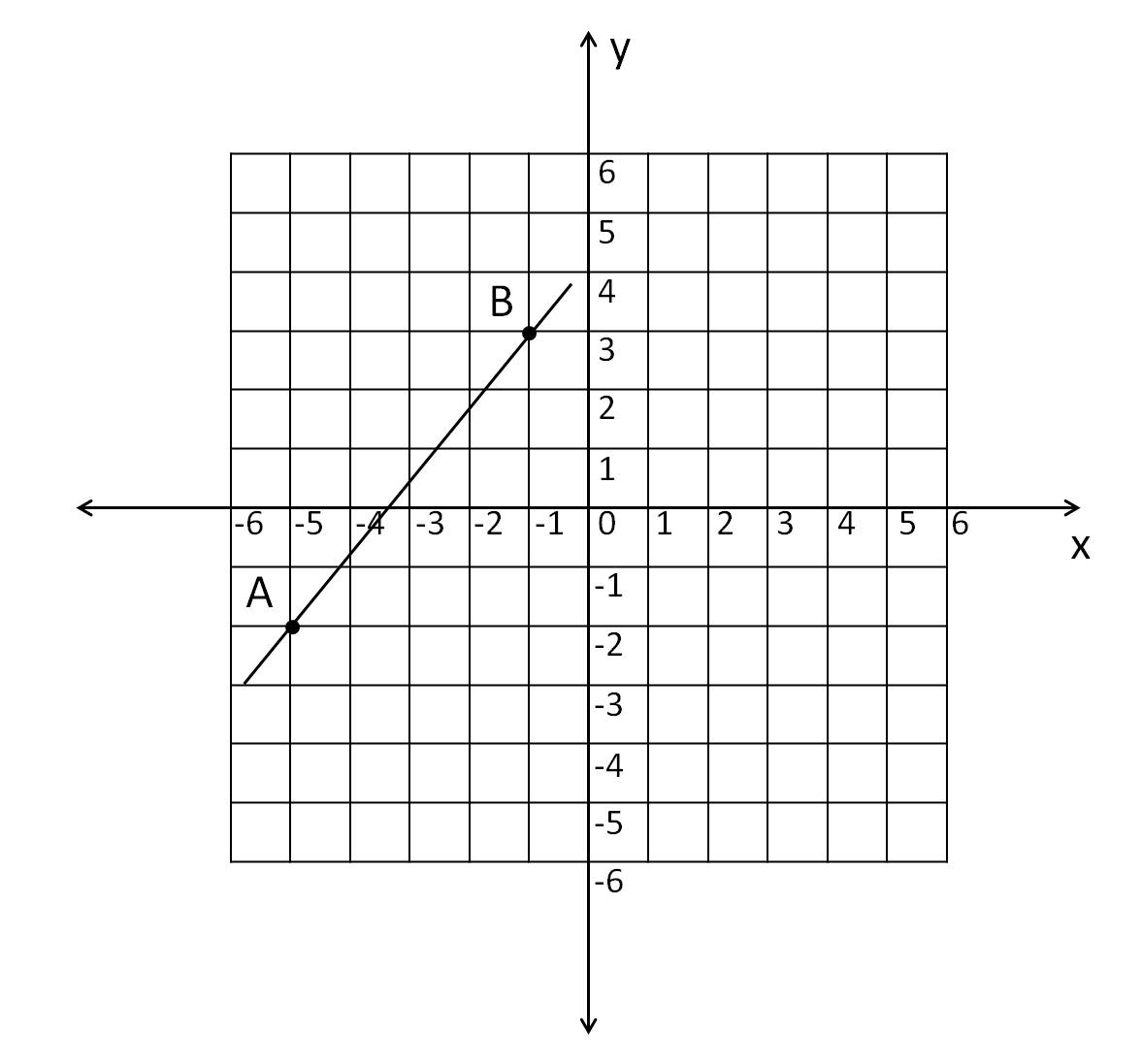
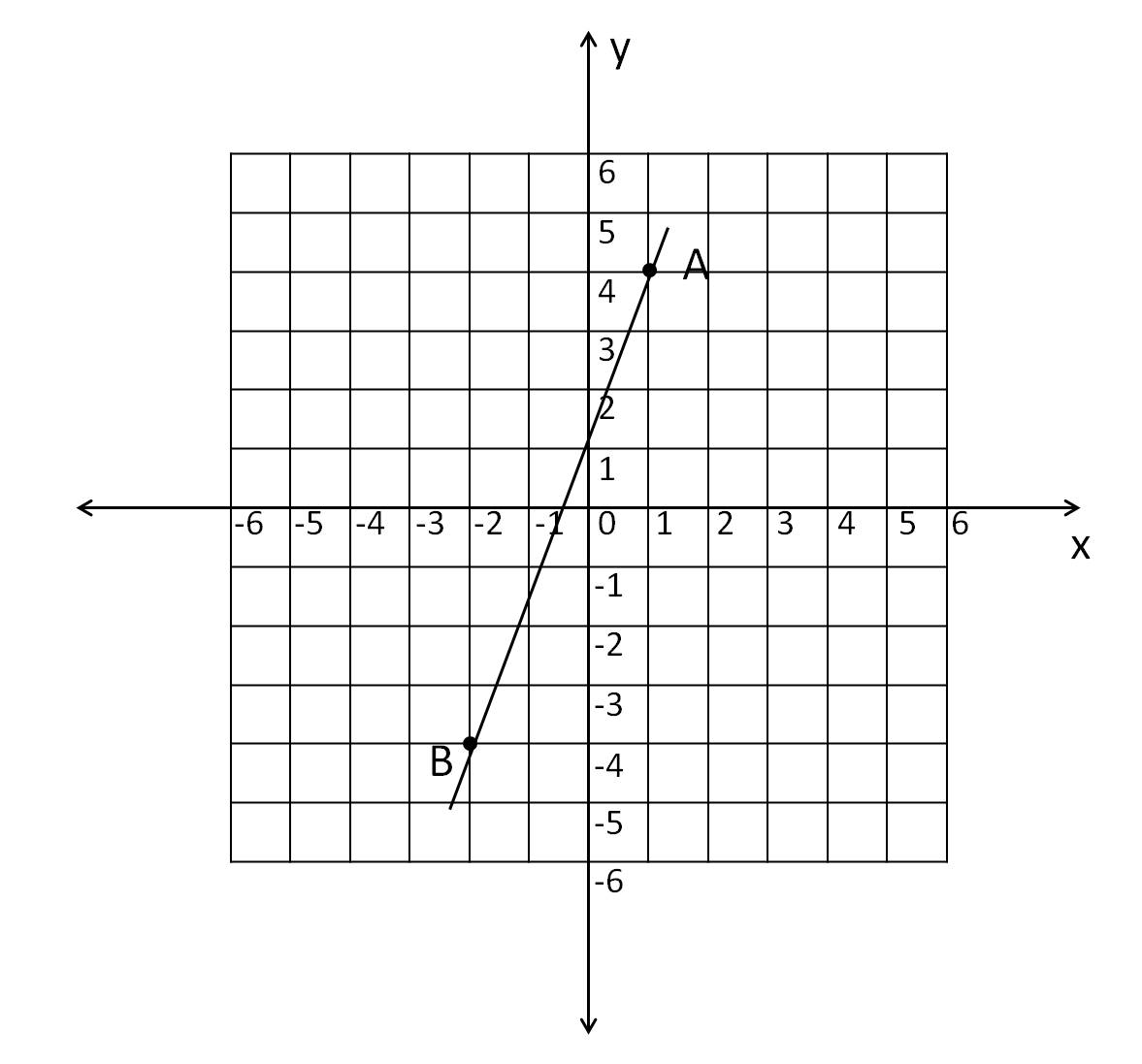
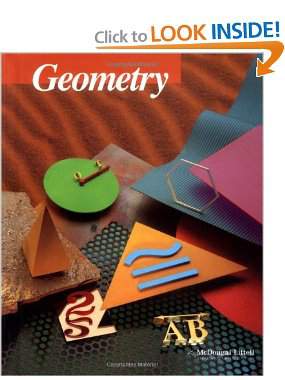




0 answers
Post by Victor Liu on June 19, 2020
Agree
1 answer
Last reply by: Monkey Bacon
Sun Jul 26, 2020 8:02 PM
Post by Monicasong on April 24, 2020
how do I do the homework?
0 answers
Post by A J on January 3, 2020
Does this course have a prerequisite of trigonometry?
0 answers
Post by Albert Luh on September 27, 2019
HALLO, will this course cover all topics in geometry?
2 answers
Last reply by: Monicasong
Fri Apr 24, 2020 10:57 PM
Post by Albert Luh on September 27, 2019
she's so young!!! :blush:
1 answer
Last reply by: Jing Li
Mon Jul 29, 2019 2:03 AM
Post by Ani Ma on July 26, 2019
.
0 answers
Post by Melissa Wang on July 1, 2018
good
0 answers
Post by Kirnvir Kaur on August 25, 2015
I cant seem to find any videos about coplanar and noncoplanar
0 answers
Post by Arvind Ganesh on January 15, 2014
AMAZING!!!!!
3 answers
Last reply by: Victor Liu
Fri Jun 12, 2020 6:13 AM
Post by Marisol Espinosa on August 10, 2012
cool!!!
1 answer
Last reply by: Albert Luh
Fri Sep 27, 2019 5:00 PM
Post by Chudamuni Dahal on July 24, 2012
what a cute teacher teaching very clearly!!!
0 answers
Post by Sheila Mckenzie on June 8, 2012
Awesome!
1 answer
Last reply by: Eid Ismail
Sun Feb 15, 2015 12:49 PM
Post by Kang-Il Kim on June 4, 2012
I know = and/over= 's meanings but is
?
= real
0 answers
Post by alejandra montes on May 15, 2012
very good instructor ... everything is explained from beginning to end.. awesome!
1 answer
Last reply by: Kang-Il Kim
Mon Jun 4, 2012 11:52 AM
Post by IVAN STRICKLAND on January 31, 2011
Awsome.